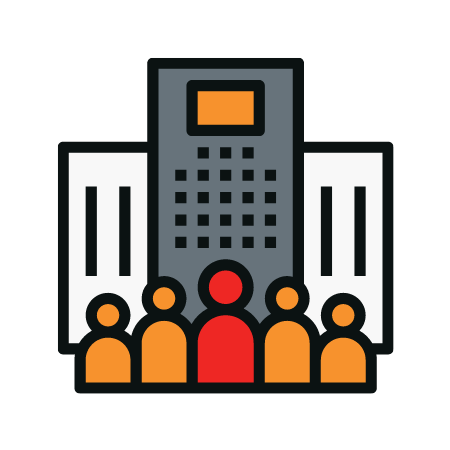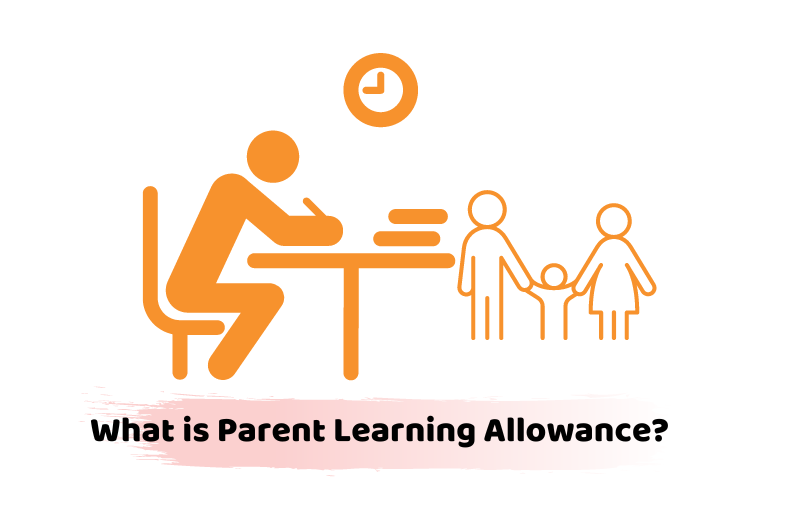If you are a self-employed hairdresser or a barber in the UK, you must know a few obligations related to the tax implications as tax bills are considered to be a serious matter. You will not get enough margin from HMRC in this affair. If you fail to meet the required deadlines, this will result in putting you in trouble and serious consequences where you will have to deal with hefty fines and other such penalties for not following the set of rules guided by HMRC. Tax guide for self-employed hairdressers is equally imperative to understand just like it is to grow your business.
These points focus on the procedure of how you will pay tax, what are the required documents for a successful payment, where will go for tax payments, and what amount of money you owe as tax. These days it is not appreciable to go through the government gateway that can bring dread and confusion. Moreover, you need to ensure that your income is declared to HMRC regardless of whether you working as a self-employed individual, working with a salon or privately.
Reach out to our young, clever, tech-driven team members to learn more tips about tax guide for self-employed hairdressers.
What is the Tax Guide for Self-Employed Hairdressers?
The procedure of how a self-employed hairdresser can pay tax is just as same as with any other sole trader. The first and most important thing is to declare your income to HMRC along with the information about your working as a self-employed hairdresser. This will be done while you are submitting your self-assessment. The main purpose of this practice is to inform HMRC about where you are working, how much you are earning, and when are you receiving your income. This will further help to send you accurate tax bills according to your income. In the given tax year, you will have to register your deals assessment by the 5th of the month of October.
Moreover, you will be required to have your UTR when you plan to pay your tax bills. After the completion of the self-assessment, HMRC tends to send you the UTR number by post. 31st January is the deadline for paying your tax bills. This applies to the year you are paying the tax bill. A tax year is considered to be from the 5th of October to the 6th of October. For instance, if you earned income from the month of May 2020 to the month of April 2021, you will have to pay the tax bill for 2020-2021. The deadline for this tax year will be 31st January 2022.
How Will You Deal With Tax Implications as a Self-Employed Hairdresser?
Evidence of what and how you are earning will be required before you plan to pay your tax bills. This will come up with the requirement of evident expense deductions as well. This is because HMRC stresses the importance of maintaining a record of everything that you are earning and that you are spending. There are multiple possible ways to make the records.
You can use the invoicing to make the records, a spreadsheet can be helpful, and you can even upload this information on a recording online software that you might use to maintain a record of important details of your business. You can expect HMRC to ask for any such evidence within the period of 22 months after you pay the tax bill. These could possibly include the listed documents and details:
- The hire of the chair
- the rent of the premises
- The receipts of the traveling expenses
- The job invoices
- Evident of any other expenses or income of your business.
Where Can I Pay the Tax Bill?
Three are multiple ways that will help you to pay your tax bill once you have completed everything and are ready to move ahead. See the following ways to choose your suitable option to pay the tax bill.
- Get in touch with HMRC straight and initiate the payment process yourself.
- You can hire a personal accountant as other businesses do the tax payments for you.
- There are multiple online tax return providers who can help you with tax bill payments.
Moreover, in the case you have a set up direct debit with HMRC beforehand, you can use this option as well. You can use your debit or credit card also.
How Much Tax Do I Owe?
It totally depends on how much your income will decide the amount of your tax bill. You should be aware of the following listed general three types of tax.
- Class 4 national insurance
- Class 2 national insurance
- Income tax
Your income tax varies and this depends on the amount of money that you are earning. In the case of national insurance classes 2 and 4, you will have to pay when your income reaches a certain limit of the amount within a tax year and you are earning through your self-employed income source.
The Bottom Line
Now that you have gathered a fair amount of information about the tax guide for self-employed hairdressers, we can say that it sounds fascinating to be self-employed and carry out your business activities must the way you want. You enjoy being your own boss and paying yourself. However, this comes with the tax implications just like any other employee or sole trader. You need to be well aware of the type of tax you are obliged to pay to HMRC. You should know to declare your income source to HMRC and other required details to receive accurate tax bills in the future. Once you are done you are good to initiate the process of self-assessment.
Get in touch with one of our experts if you are stuck with your tax guide for self-employed hairdressers. We will ensure to provide instant help.
Disclaimer: The information about the tax guide for self-employed hairdressers provided in this blog includes text and graphics in general. This does not intend to disregard any of the professional advice.





















































